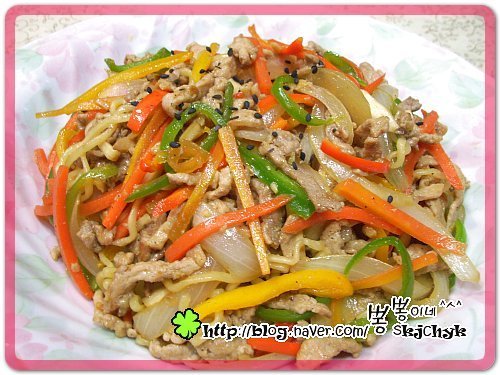
Delicious ramen japchae
The dish I'm going to introduce today is ramen japchae that has a good crunchy texture with ramen japchaeYo~ Actually, I was going to make chili japchae, but when I was going to make it, I quickly made it. But in my mouth, this guy was more delicious than red pepper japchae and flower buns.
2 serving
Within 30 minutes

뽕뽕이
- Ingredients
-
-
Ramen noodles1ea
-
Pork150g
-
onion1/2ea
-
King oyster mushroom1handful
-
pepper1/4ea
-
pepper1/4ea
-
Paprikalittle
-
Carrot1handful
-
Cheongyang red pepper1ea
-
Cooking oillittle
-
crushed garlic1TS
-
Soy sauce2TS
-
cooking wine2TS
-
ground pepper0.3TS
-
Oyster sauce1TS
-
Sesame oil1/2TS
-
cooking wine1TS
-
Salt0.4TS
-
ground pepper0.4TS
-
- Cooking Steps
-
STEP 1/9Please prepare the vegetables for the ramen japchae roughly in length. I used it because I have a small mushroom at home, but please prepare the mushrooms as much as you want.
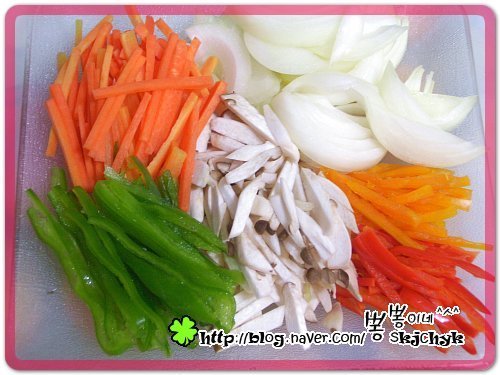 STEP 2/9Season the pork with cooking wine 1, salt 0.4 and pepper 0.4. You can use the meat part for the pork part. I used cheap back leg meat. It's comfortable if you ask me to cut it long because I'm going to put it in japchae when I buy meat.
STEP 2/9Season the pork with cooking wine 1, salt 0.4 and pepper 0.4. You can use the meat part for the pork part. I used cheap back leg meat. It's comfortable if you ask me to cut it long because I'm going to put it in japchae when I buy meat.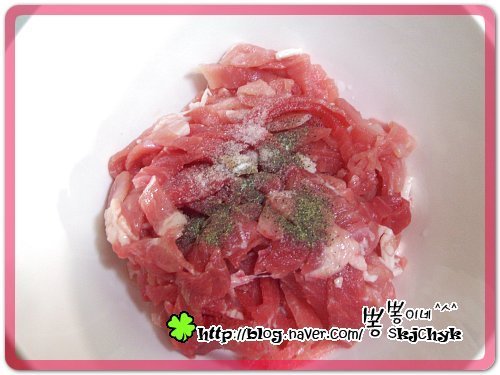 STEP 3/9Cook ramen while marinating meat. Ramen must be boiled in a firm state. You stir-fry ramen with vegetables and meat at the end, so if it's cooked too much, you'll eat the ramen japchae that's spread out.
STEP 3/9Cook ramen while marinating meat. Ramen must be boiled in a firm state. You stir-fry ramen with vegetables and meat at the end, so if it's cooked too much, you'll eat the ramen japchae that's spread out.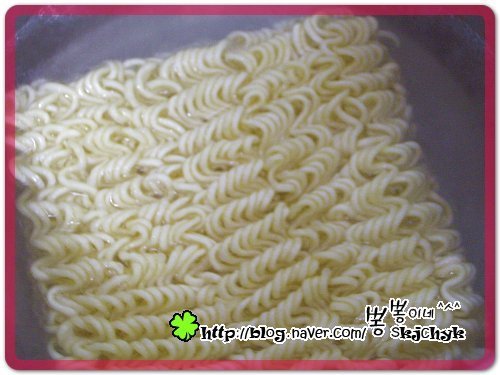 STEP 4/9Boil the ramen slightly, rinse it in cold water, and drain. My ramen noodles in cold water were so thick that it felt like they weren't cooked.
STEP 4/9Boil the ramen slightly, rinse it in cold water, and drain. My ramen noodles in cold water were so thick that it felt like they weren't cooked.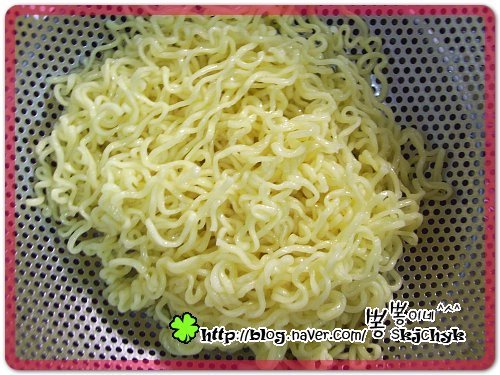 STEP 5/9Pour enough oil (such as olive oil or grape seed oil) into the pan and stir-fry 1 cheongyang pepper and 1 spoonful of minced garlic. I don't have chili oil at home, so I put Cheongyang chili in it and stir-fry it. If you have chili oil, you can replace it with chili oil. If the cheongyang pepper and garlic are fried to a certain extent and smell, remove the cheongyang pepper. Chili peppers are used just to give off a spicy taste and aroma. If you want to eat chili peppers, you can just add them in. From now on, you have to stir-fry it on high heat. If you're worried that it might burn if you stir-fry it on high heat, please stir-fry it while controlling the heat.
STEP 5/9Pour enough oil (such as olive oil or grape seed oil) into the pan and stir-fry 1 cheongyang pepper and 1 spoonful of minced garlic. I don't have chili oil at home, so I put Cheongyang chili in it and stir-fry it. If you have chili oil, you can replace it with chili oil. If the cheongyang pepper and garlic are fried to a certain extent and smell, remove the cheongyang pepper. Chili peppers are used just to give off a spicy taste and aroma. If you want to eat chili peppers, you can just add them in. From now on, you have to stir-fry it on high heat. If you're worried that it might burn if you stir-fry it on high heat, please stir-fry it while controlling the heat.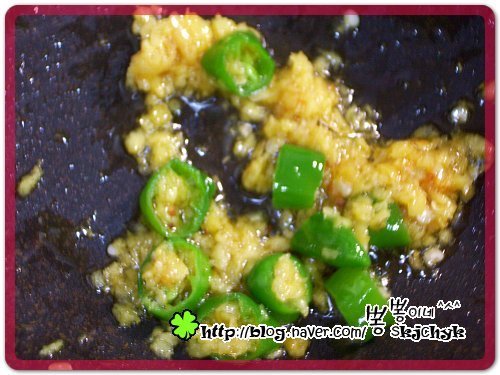 STEP 6/9Stir-fry pork first. The meat is thin, so it cooks quickly.
STEP 6/9Stir-fry pork first. The meat is thin, so it cooks quickly.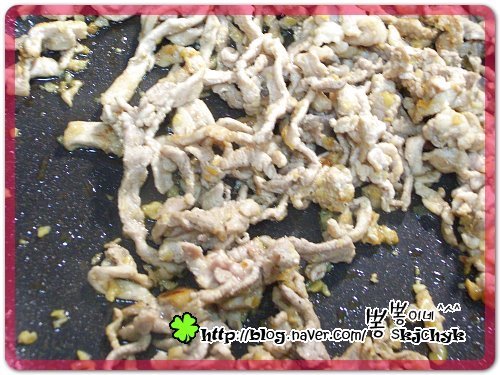 STEP 7/9When the pork is well cooked, stir-fry onions, mushrooms, and carrots.
STEP 7/9When the pork is well cooked, stir-fry onions, mushrooms, and carrots.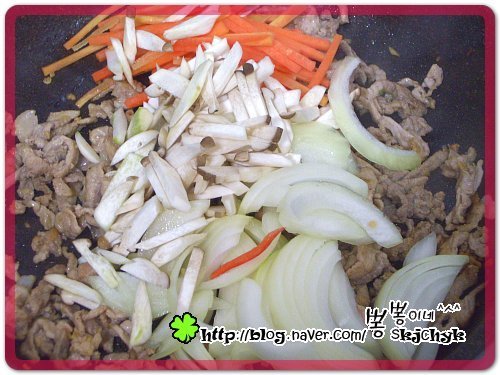 STEP 8/9When onions are about to become slightly transparent, add bell pepper and paprika and mix.
STEP 8/9When onions are about to become slightly transparent, add bell pepper and paprika and mix.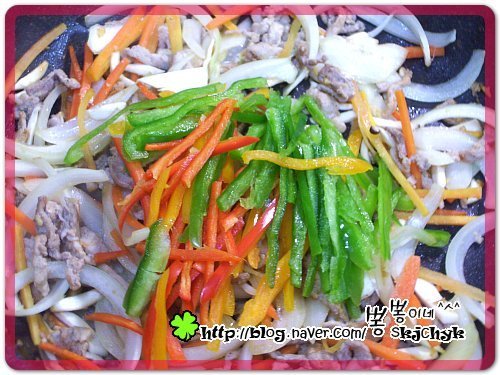 STEP 9/9Add soy sauce 2, cooking wine 2, oyster sauce 1, pepper 0.3, sesame oil 1/2 spoon and ramen noodles and stir-fry them quickly.
STEP 9/9Add soy sauce 2, cooking wine 2, oyster sauce 1, pepper 0.3, sesame oil 1/2 spoon and ramen noodles and stir-fry them quickly.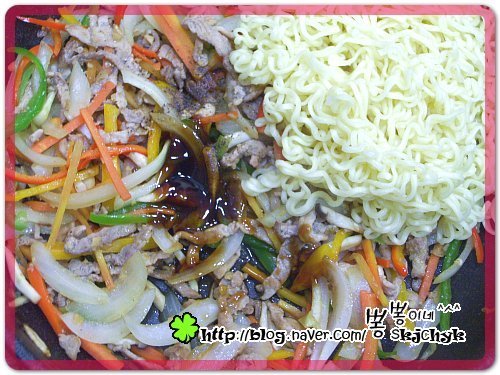 If you stir-fry it with wooden chopsticks, the meat doesn't get lumpy, and ramen is easy to stir-fry, so it's good to use chopsticks if possible.
If you stir-fry it with wooden chopsticks, the meat doesn't get lumpy, and ramen is easy to stir-fry, so it's good to use chopsticks if possible.
- Kimchi Recommended recipe
-
-
1
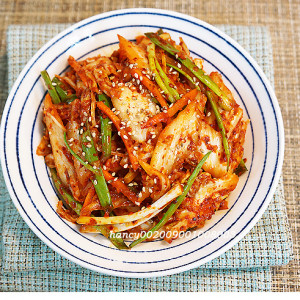 savory and delicious simple geotjeori kimchi, cabbage geotjeori,4.92(62)
savory and delicious simple geotjeori kimchi, cabbage geotjeori,4.92(62) -
2
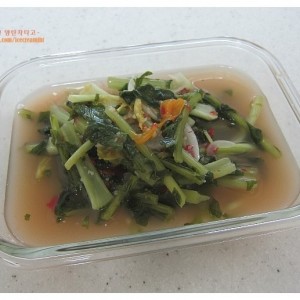 It's great in the summer!! young radish kimchi4.98(98)
It's great in the summer!! young radish kimchi4.98(98) -
3
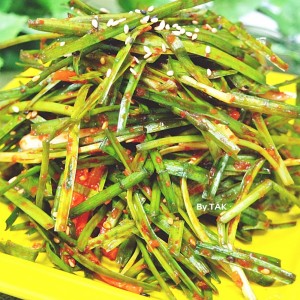 Making leek kimchi simply4.94(72)
Making leek kimchi simply4.94(72) -
4
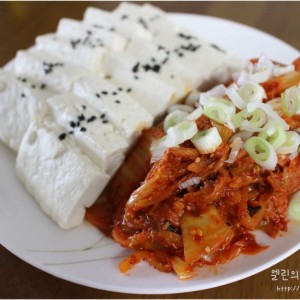 Tofu kimchi golden recipe!! It's okay if there's no meat4.93(70)
Tofu kimchi golden recipe!! It's okay if there's no meat4.93(70)
-
- Bibimbap Recommended recipe
-
-
1
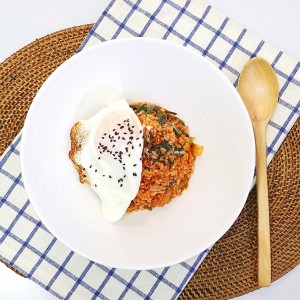 [Honbab Menu] How to make simple young radish bibimbap, how to m4.88(96)
[Honbab Menu] How to make simple young radish bibimbap, how to m4.88(96) -
2
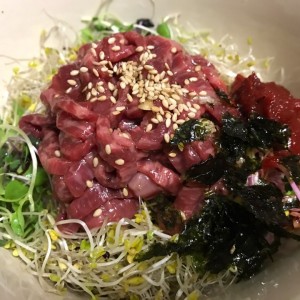 Sprout Raw Beef Sliced Raw Fish Bibimbap4.90(21)
Sprout Raw Beef Sliced Raw Fish Bibimbap4.90(21) -
3
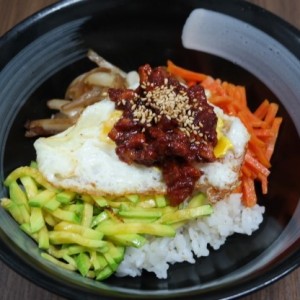 Making bibimbap4.94(175)
Making bibimbap4.94(175) -
4
 The secret of bibimjang sauce that makes bibimbap delicious5.00(11)
The secret of bibimjang sauce that makes bibimbap delicious5.00(11)
-